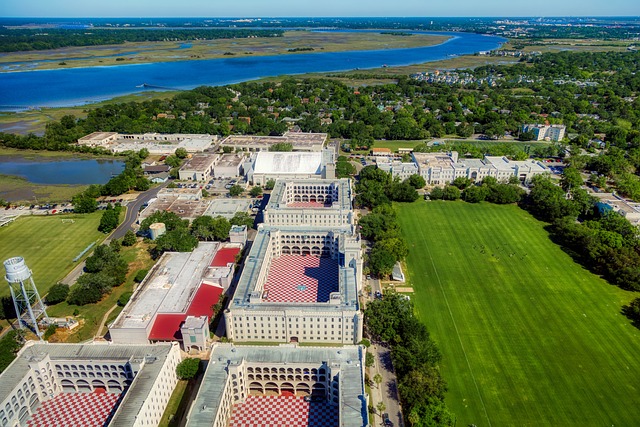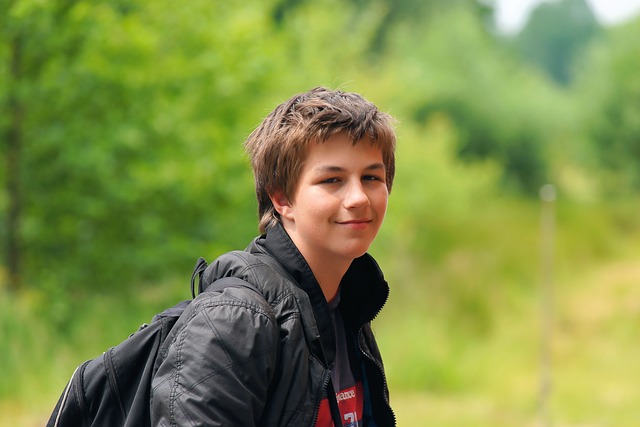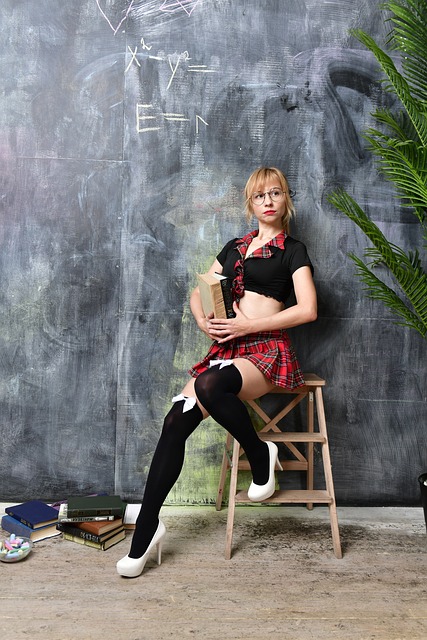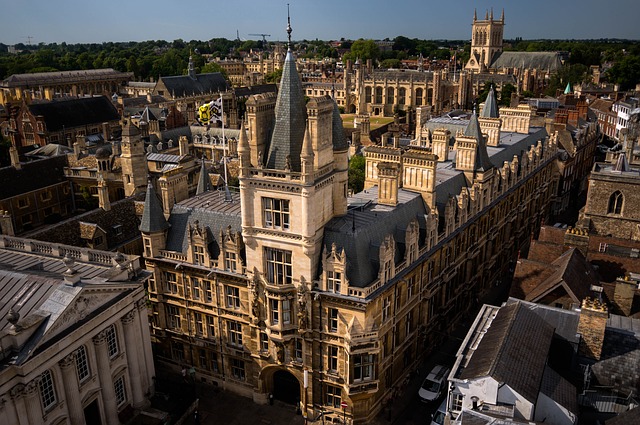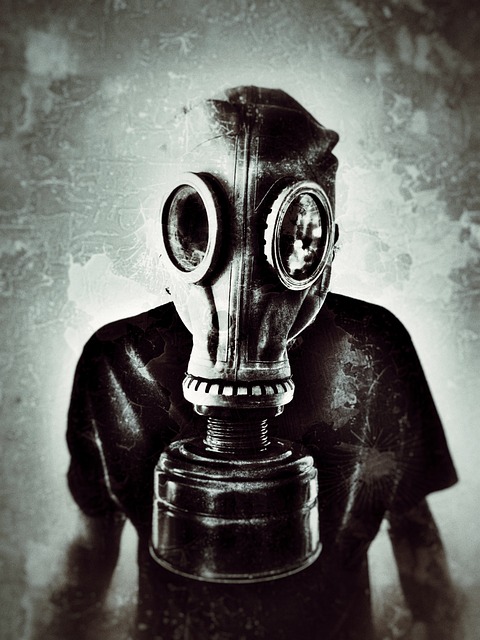Halloween Origins Explained
作者:李志强(高考志愿填报专家)
发布:2025-05-22 20:26:32
浏览:196
Halloween, celebrated on October 31st, has roots in the ancient Celtic festival of Samhain. This festival marked the end of the harvest season and the beginning of winter, a time associated with death. Celts believed that on the night before the new year, the boundary between the worlds of the living and the dead became blurred, allowing ghosts to return to earth.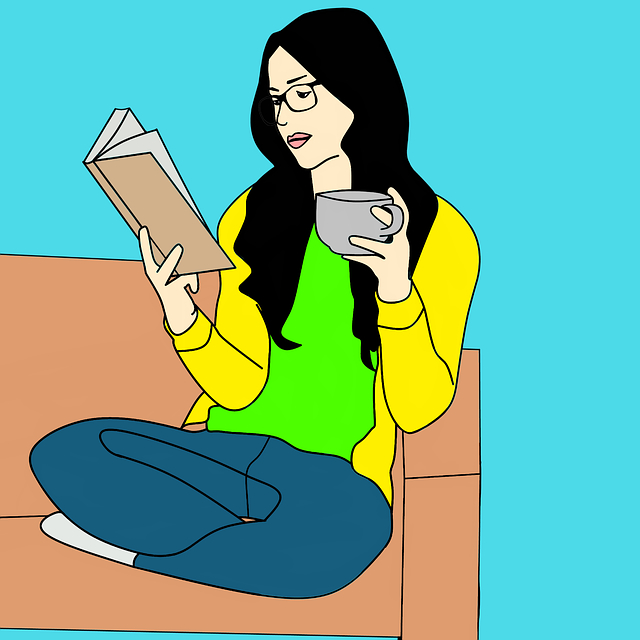
1The Celtic Festival of Samhain
The Celts, who lived 2,000 years ago in the area that is now Ireland, the United Kingdom, and northern France, celebrated their new year on November 1. This day marked the end of summer and the harvest and the beginning of the dark, cold winter. The night before the new year, they celebrated Samhain, when it was believed that the ghosts of the dead returned to earth.
2Roman Influence
By 43 A.D., the Roman Empire had conquered the majority of Celtic territory. Over the 400 years that they ruled the Celtic lands, two festivals of Roman origin were combined with the traditional Celtic celebration of Samhain. The first was Feralia, a day in late October when the Romans traditionally commemorated the passing of the dead. The second was a day to honor Pomona, the Roman goddess of fruit and trees.
3Christian Influence
In the 7th century, Pope Boniface IV designated November 1 as All Saints' Day, a time to honor saints and martyrs. The celebration was also called All-hallows or All-hallowmas, and the night before it, the traditional night of Samhain in the Celtic religion, began to be called All-Hallows Eve and, eventually, Halloween.
4Halloween Comes to America
The celebration of Halloween was extremely limited in colonial New England because of the rigid Protestant belief systems there. It was much more common in Maryland and the southern colonies. As the beliefs and customs of different European ethnic groups and the American Indians meshed, a distinctly American version of Halloween began to emerge.
5Modern Halloween
By the late 1800s, there was a move in America to mold Halloween into a holiday more about community and neighborly get-togethers than about ghosts, pranks, and witchcraft. At the turn of the century, Halloween parties for both children and adults became the most common way to celebrate the day.
| Event | Date | Significance |
| Samhain | October 31 | Celtic festival marking the end of the harvest season |
| Feralia | Late October | Roman day to commemorate the dead |
| Pomona Day | Late October | Roman day to honor the goddess of fruit and trees |
| All Saints' Day | November 1 | Christian day to honor saints and martyrs |
| Halloween in America | 19th Century | Evolution into a community-centered holiday |
Today, Halloween is celebrated with activities such as trick-or-treating, carving jack-o-lanterns, festive gatherings, donning costumes, and eating treats. It has become a holiday that blends ancient traditions with modern practices, making it a unique celebration enjoyed by people of all ages.
阅读全文



